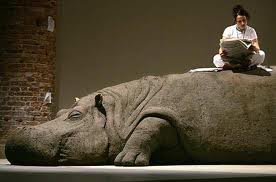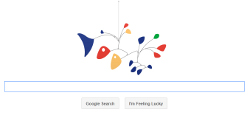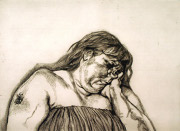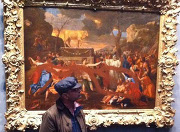 The Art Newspaper published a story entitled, “Size Matters: Why is the work getting bigger?” At the height of the mortgage bubble, art prices were hitting records highs but Georgina Adam was struck by something else: art was also increasing in size. When money was flowing and real estate was easy to acquire, the wealthiest collectors had veritable museums and the means to fill them. For these types of collectors size really did matter. It’s easier to fill excess space with very large items.
The Art Newspaper published a story entitled, “Size Matters: Why is the work getting bigger?” At the height of the mortgage bubble, art prices were hitting records highs but Georgina Adam was struck by something else: art was also increasing in size. When money was flowing and real estate was easy to acquire, the wealthiest collectors had veritable museums and the means to fill them. For these types of collectors size really did matter. It’s easier to fill excess space with very large items.
When the bubble collapsed in the fall of 2008, art prices contracted along with real estate. Collectors scaled back and size no longer carried a premium. Works shrank along with the economy. Collectors returned their focus on art that could fit in a residence. “Domestic-size art,” as Todd Levin, an art adviser labeled it.
Now big is a back, according to Ms. Adam. The global economy is far from robust but the wealthy are doing well. Many of them still have large spaces to fill:
Big works, however, are exactly what many of today’s alpha collectors want. With the growth of private museums, they have space to fill and the means to do so. They also want works with huge visual impact: contemporary art spaces, be they private or public, need to grip visitors, give them an “experience” and send them away thinking “wow!” Size is one way of achieving this.
As an art print collector, it’s hard to relate….




